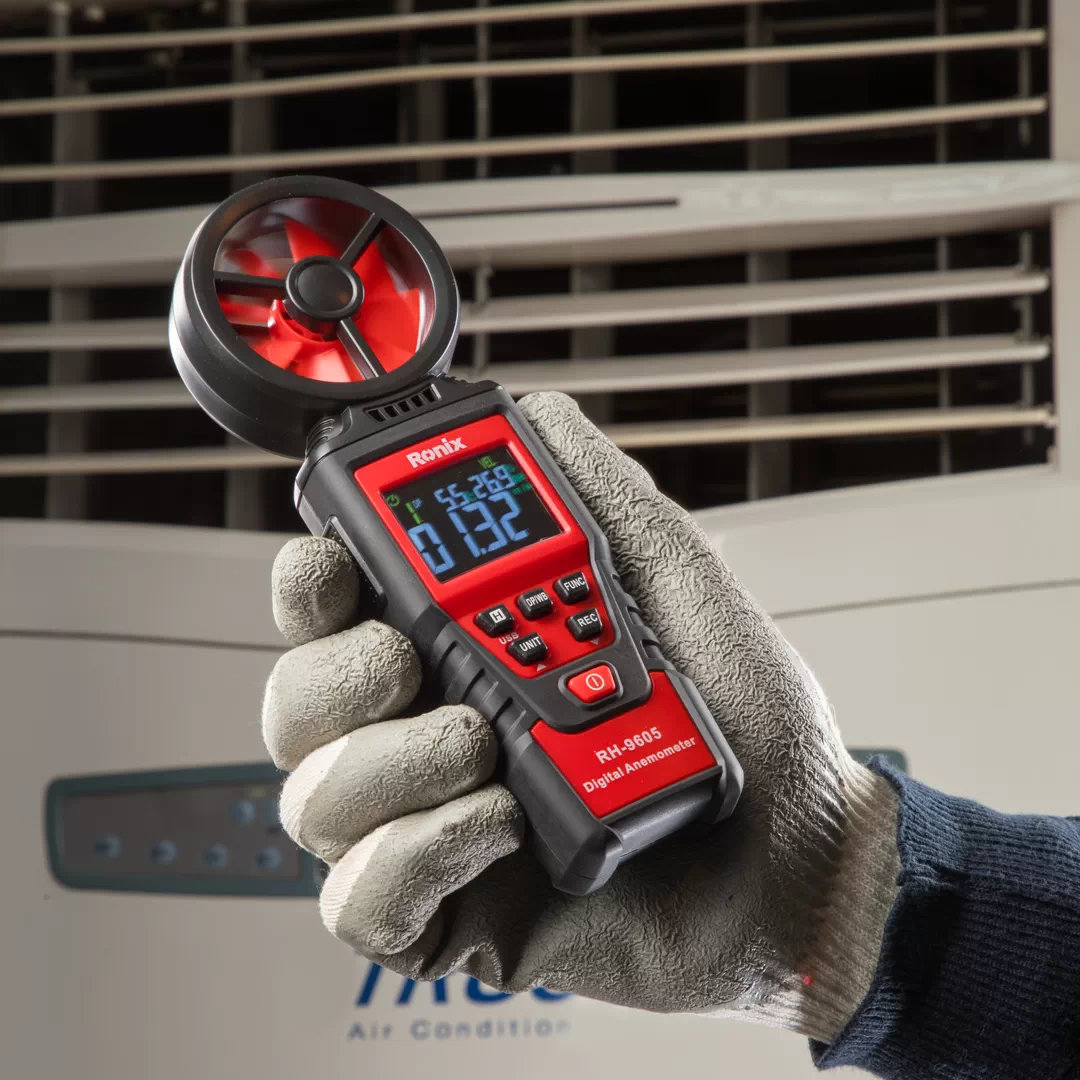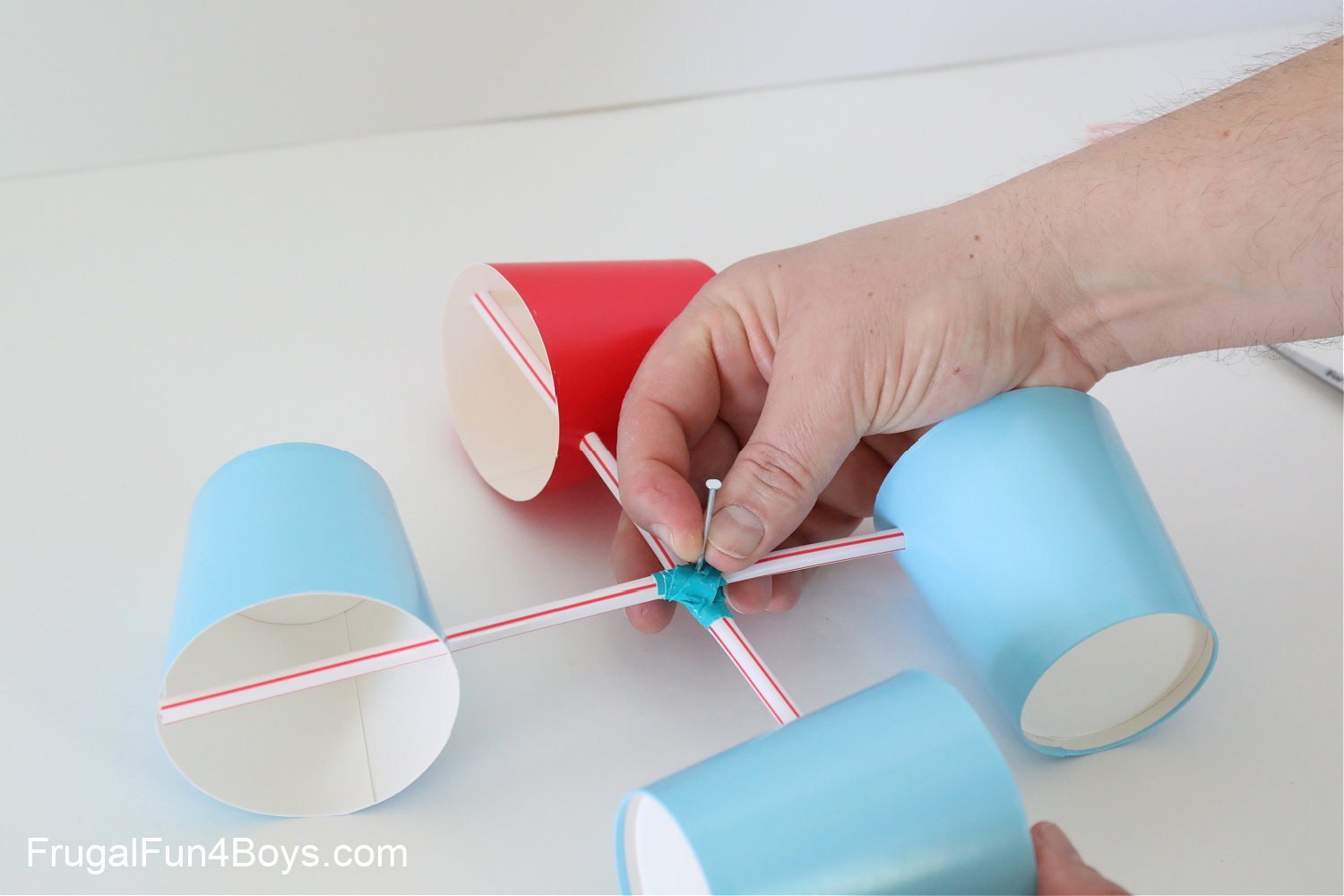Anemometer Innovations: The Most Recent Technology for Wind Rate Measurement
Anemometer Innovations: The Most Recent Technology for Wind Rate Measurement
Blog Article
Discovering the Functions and Advantages of Anemometers for Weather Enthusiasts and Professionals
Anemometers stand as instrumental devices in the world of climate surveillance, providing to both fanatics and seasoned professionals alike. These devices provide a window right into the vibrant world of wind patterns and speeds, giving invaluable information for meteorological evaluation and forecasting. From cup anemometers to sonic anemometers, each type brings its distinct collection of benefits and applications, clarifying various facets of weather. As we delve into the features and benefits of anemometers, a much deeper understanding emerges not only of dominating weather sensations but likewise of the wider implications for sectors like wind energy production and ecological study.
Importance of Anemometers in Weather Condition Surveillance
Anemometers play a crucial function in weather surveillance by providing precise measurements of wind speed, assisting in forecasting and understanding climate patterns. These tools, ranging from typical mug anemometers to modern-day ultrasonic anemometers, are crucial for meteorologists, scientists, and weather condition lovers alike.

Sorts Of Anemometers and Their Applications
With the vital duty anemometers play in weather tracking and forecasting, recognizing the various kinds of these instruments and their applications becomes necessary for experts and fanatics in the area. The most typical kinds of anemometers include mug anemometers, vane anemometers, hot-wire anemometers, and ultrasonic anemometers. Mug anemometers contain 3 or four mugs placed on straight arms that turn with the wind, measuring its rate. Vane anemometers, on the other hand, make use of a freely rotating vane to line up with the wind instructions, offering both wind rate and direction measurements. Hot-wire anemometers operate based on the concept of convective heat transfer, where the cooling impact of the air flow is measured to establish wind speed. Ultrasonic anemometers utilize ultrasonic audio waves to determine wind speed and direction accurately.
Each type of anemometer has its distinct advantages and applications. Mug anemometers are robust and suitable for general weather condition tracking, while vane anemometers are preferred for directional dimensions. Hot-wire anemometers are delicate to reduced air rates, making them excellent for indoor environments. Ultrasonic anemometers are non-intrusive and offer high precision, typically utilized in research study and specialized climate monitoring applications. Comprehending the characteristics and applications of each sort of anemometer is important for selecting one of the most appropriate tool for particular weather condition keeping an eye on requirements.
Benefits of Utilizing Anemometers in Projecting
In weather forecasting, the utilization of anemometers offers very useful benefits for improving the accuracy of weather forecasting. Anemometers determine wind rate and direction, offering critical information for forecasting climate patterns. By integrating wind data into projecting versions, meteorologists can better comprehend the activity of pop over to this web-site climate systems, prepare for modifications in climatic problems, and issue extra precise forecasts.
Furthermore, anemometers play a crucial function in analyzing potential climate risks. Checking wind speeds aids forecasters forecast serious weather occasions such as hurricanes, tornadoes, and winter months storms with better accuracy. This very early warning system enables authorities to release prompt alerts and implement essential security steps, minimizing the dangers to life and building.
Additionally, anemometers help in enhancing renewable resource manufacturing. By analyzing wind patterns, meteorologists can identify appropriate places for wind ranches and anticipate power outcome, adding to the reliable generation of wind power.

Anemometers in Wind Energy Production
Given the important duty anemometers play in providing accurate wind information for climate forecasting and risk evaluation, their value reaches the realm of wind power production. Anemometers are necessary instruments in the area of wind energy, where the dimension of wind speed and direction is critical for determining the feasibility and efficiency of wind generator installations. By precisely gauging wind speeds at varying elevations, anemometers help maximize the positioning and layout of wind generators to make the most of energy output.
In wind farms, anemometers are tactically positioned to gather real-time wind data that is utilized to evaluate the potential energy manufacturing of a site. This information is critical in establishing the financial viability of wind power jobs and in forecasting power generation to ensure grid stability. navigate to this website Additionally, anemometers help in keeping an eye on wind problems to enhance turbine performance, stop damages from high winds, and ensure the security of personnel functioning in the area of wind generators.
Enhancing Weather Condition Comprehending With Anemometers

Anemometers play a crucial duty in improving our understanding of microclimates. These local weather can differ considerably from broader local projections, making it important to have accurate information for specific areas. anemometer. By strategically placing anemometers in different places, scientists can gather in-depth details on how wind behaves in various surfaces, urban settings, or bodies of water
Furthermore, anemometers add to improving climate projecting designs by supplying real-time data on wind actions. This information is especially valuable for predicting severe weather condition occasions, optimizing agricultural methods, and sustaining sectors like aeronautics and maritime navigation. In general, anemometers are invaluable instruments that allow us to dive much deeper right into the complexities of climate systems, inevitably causing even more better-informed decisions and accurate predictions.
Final Thought
Finally, anemometers play an essential role in weather condition monitoring and forecasting by gauging wind rate and instructions. They are essential devices utilized by weather condition lovers and specialists to gather exact information for anticipating weather patterns and evaluating possible impacts. Anemometers also have applications in wind power production, additional highlighting their significance in both meteorology and renewable power markets. Overall, anemometers contribute to enhancing our understanding of weather condition phenomena and boosting forecasting capacities. anemometer.
From mug anemometers to sonic anemometers, each kind brings its distinct set of applications and benefits, dropping light on various aspects of climatic problems. These instruments, varying from standard cup anemometers to contemporary ultrasonic anemometers, are essential basics for meteorologists, scientists, and climate lovers alike. The most common kinds of anemometers include cup anemometers, vane anemometers, hot-wire anemometers, and ultrasonic anemometers. Mug anemometers are ideal and robust for general weather monitoring, while vane anemometers are preferred for directional measurements. Anemometers are vital instruments in the field of wind energy, where the dimension of wind rate and direction is essential for determining the feasibility and performance of wind generator installations.
Report this page